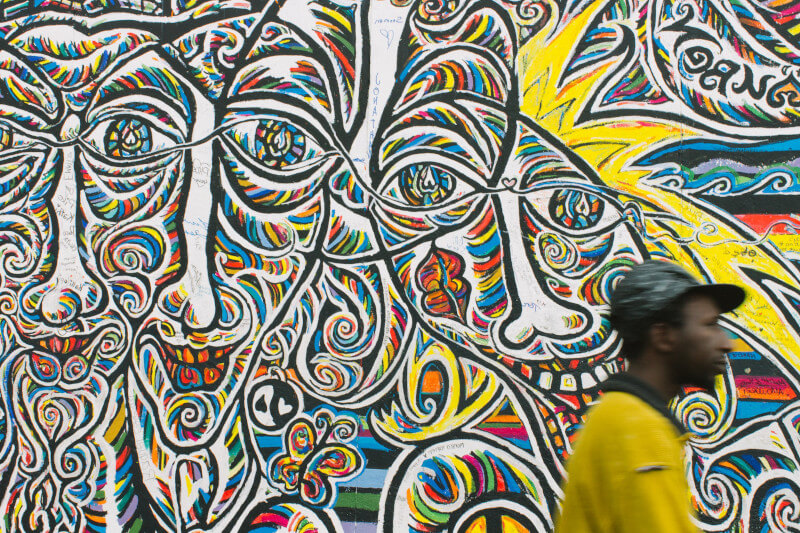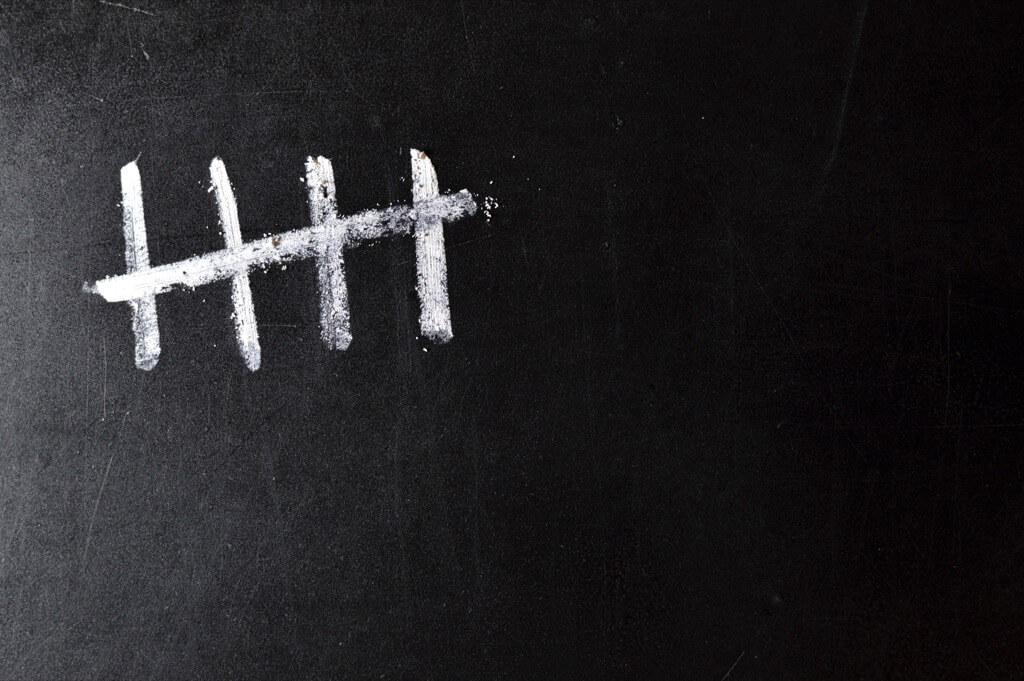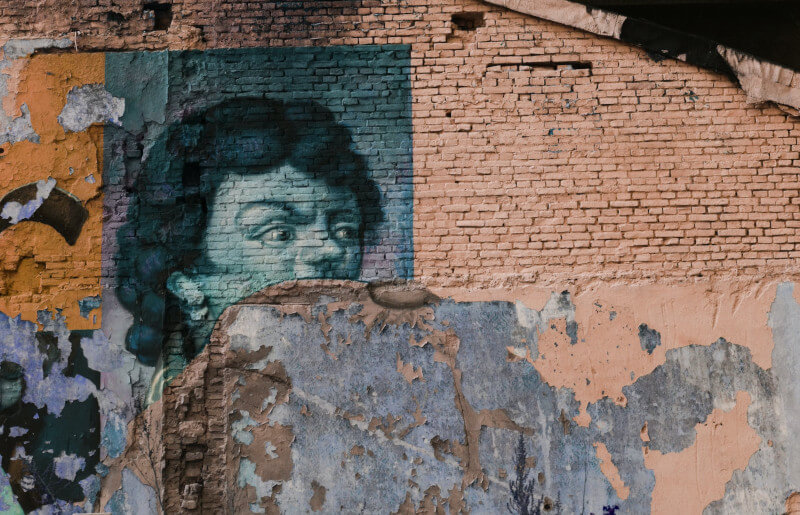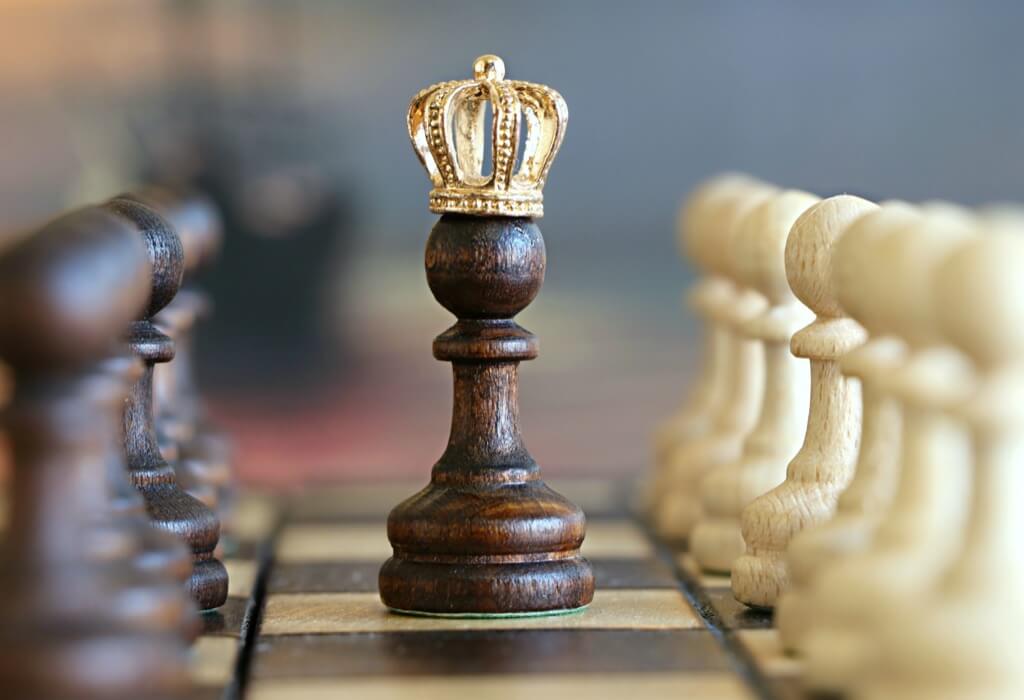Imagine waking up to an original Banksy masterpiece adorning your wall! For Dennis Stichcombe of Bristol, this became a reality in 2014 when the elusive street artist, Banksy, transformed an old boarded gateway into his iconic piece, Mobile Lovers. But when art appears on public property, ownership becomes a tangled web. The city claimed the artwork, but Banksy’s intervention ensured it went to “The Broad Plain Boys Club”. This tale opens the vault to an age-old quandary: who truly owns street art, especially when it’s clandestinely crafted?
Across the Atlantic in Wood Green, London, another Banksy art piece became the town’s pride. Depicting slave laborers, this mural took a central place in the community’s identity. Yet, when the building’s owner auctioned it for a staggering 1.1 million USD, it raised eyebrows. The art piece, critical of exploitative labor, had turned into a symbol of hefty profit.
The U.S. complicates things further with its “Law of Finders” or the colloquial “Finders-Keepers”. While it sounds whimsical, this law dictates rights over property based on how it was lost or misplaced. Peter N. Saleeb’s book, “Law Of Banksy: Who Owns Street Art”, delves deep into this, comparing it to the intricacies of merging chocolate with peanut butter – whose Reese’s cup is it anyway?
However, for Banksy to claim rights to his art, he’d have to reveal his identity, risking potential legal ramifications. The mantra stands: “benefit not from one’s wrongdoing.” Essentially, you can’t profit from illegal acts on someone else’s property. Still, not every scribble qualifies as a Banksy masterpiece. London’s Tube, for instance, recently painted over Banksy pieces valued at an estimated 9.5 million USD.
But how does one validate a genuine Banksy? Enter Pest Control, Banksy’s authentication agency. Those lucky enough to stumble upon a potential Banksy can seek their expertise to verify its authenticity.
However, the Elusive Artist’s Anonymity is Under Threat
Increased fame has bolstered efforts to unveil him. A 2016 project, “Tracing Banksy”, seemed close, linking Robin Gunningham to Banksy’s movements. Yet, this was thwarted by Banksy’s publicist citing privacy concerns.
Considering Banksy’s audacious acts, it’s bewildering how he remains a free spirit. Many cities, recognizing the allure and potential tourism boost his art offers, seem more eager to host his works rather than apprehend him. While England treats graffiti as a mere misdemeanor, Banksy would be wise to sidestep places like Pittsburgh, USA, where graffiti could land one behind bars.
Bonus Facts
Sporting Memorabilia: More Than Just a Game
Ever wondered about the legal tussles behind historic sports memorabilia? Here’s a classic example: in 2001, an iconic home run ball hit by Barry Bonds became the bone of contention between two spectators, Popov and Hayashi. Both claimed to have caught this record-setting ball. Now imagine the scene – Popov catches it, but the excited crowd, hungry for a slice of history, tackles him. Hayashi, also tackled, finds himself near the ball.
The legal experts were thrust into a sports analysis, pondering if Popov had firm control of the ball before being tackled. You might find it humorous that in this scenario, Major League Baseball apparently “abandons” the ball after a hit, creating a strange dynamic where they’re seemingly desperate to offload their balls and players playing hard to get. The endgame? Both men were ordered to share the proceeds when the ball was auctioned for $450,000 to Todd MacFarlane.
Legal Ownership Isn’t Always Black and White
Ownership disputes aren’t limited to street art or grand properties. Sometimes, they’re about prized possessions like sports memorabilia. If you ever find yourself in a similar situation, remember the case of Popov vs. Hayashi. In moments of historical significance, emotions run high, but it’s crucial to remember that claiming ownership requires evidence and legal backing. When you’re part of such a landmark event, be mindful of your rights, your actions, and the potential consequences they might bear.
Protecting Your Valuables
If you’re an avid collector or just find yourself in possession of something valuable, consider taking precautions. Be it Banksy’s art or a milestone baseball, ownership battles can be exhausting and costly. Ensure you have evidence of possession, be it photographs, videos, or witnesses. In an era of technology, your smartphone can be your best friend. Documenting your treasures can save you a lot of headaches down the line. After all, you wouldn’t want your prized possession’s fate to be decided in a courtroom, would you?
Banksy’s Anonymity: Artistic Choice or Commercial Strategy?
The question of Banksy’s true identity has long been a subject of debate. While many believe that his decision to remain anonymous is a commentary on the commercialization of art and the artist’s desire to let his work speak for itself, others argue that it’s a shrewd commercial strategy.
In an age where the mystique around an artist can significantly boost the value of their work, Banksy’s anonymity could be seen as a calculated move to create buzz and demand, leading to higher prices at auctions. The hidden face behind the iconic pieces becomes an essential part of the allure, making each piece even more sought-after.
Where is the Line Drawn With Street Art vs. Vandalism?
Banksy’s works often appear unannounced on public and private properties. While many view these pieces as invaluable art, others consider them acts of vandalism. This debate asks: at what point does street art cross the line from being a form of artistic expression to becoming an illegal defacement? Does the value or message of the art excuse the act of painting without permission, or should artists always seek proper channels before displaying their work in public spaces?
Does The Commercialization of Banksy Diminish the Message?
Many of Banksy’s pieces critique capitalism, consumerism, and the commercialization of art. However, given the high prices his works fetch at auctions and the commodification of his art into prints and merchandise, is the artist’s original message being diluted? Some argue that the very act of selling or auctioning a Banksy piece runs counter to the artist’s anti-establishment messages, while others believe that the commercial success does not detract from the potency of his commentary.
Banksy in the Digital Age: Art in the Era of Reproducibility
In the digital age, where reproductions are easy to create and share, what becomes of the original Banksy piece’s value? Walter Benjamin once mused about the “aura” of original artwork in the age of mechanical reproduction. With Banksy’s pieces being shared, reproduced, and even turned into digital NFTs, are we experiencing a shift in how we value original versus reproduced art? Does a Banksy piece lose its essence when it’s transformed into a digital asset, or is this simply the next evolution in art consumption?
Banksy’s Social Commentaries: Provocation or Genuine Activism?
Banksy is known for his sharp social and political commentaries, addressing everything from war and poverty to climate change and surveillance. However, the debate remains: are these works mere provocations designed to stir controversy and gain attention, or are they genuine expressions of activism aimed at sparking societal change? While some see Banksy as a modern-day prophet highlighting pressing issues, others argue that the works might be superficial, capitalizing on current events for artistic gain without promoting substantive change.




